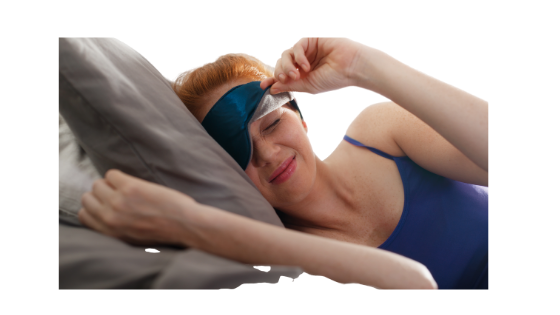Sleep Apnea is a potentially life-threatening condition that usually occurs when a constriction in the upper respiratory tract blocks the passage of air during sleep. People with sleep apnea may stop breathing for up to a minute at a time, as frequently as several hundred times during the night. The result is disrupted, restless sleep and a reduced intake of oxygen. Left untreated, apnea can contribute to serious and costly cardiovascular and neurological problems including high blood pressure, heart attack, and stroke.
“Sleep Apnea is a potentially life-threatening condition that usually occurs when a constriction in the upper respiratory tract blocks the passage of air during sleep.”
Sleep Apnea Statistics
- Over 18 million Americans suffer from sleep apnea
- An estimated 10 million Americans remain undiagnosed
- Over 50% of all apnea cases are diagnosed in people aged 40 and over
- More prevalent in men than women
- 4 to 9% of middle-aged men suffer from apnea
- 2 to 4% of middle-aged women suffer from apnea
Symptoms include:
- Chronic, loud snoring
- Dry mouth in the morning
- Morning headaches
- Gasping or choking episodes during sleep
- Mood/behavior changes
- Loss of energy or constant fatigue
- Anxiety or depression
- Rapid weight gain
- Irritability or short temper
- Signs of heart failure or enlargement
- High blood pressure
- Excessive daytime sleepiness
- Impotence
Sleep-disordered breathing (SDB) describes a number of nocturnal breathing disorders:
- -Obstructive sleep apnea (OSA)
- -Central sleep apnea (CSA)
- -Complex sleep apnea (CompSA)
- -Nocturnal Hypoventilation
- -Cheyne-Stokes Respiration (CSR)
- OSA Obstructive sleep apnea is a potentially life-threatening sleep disorder in which breathing repeatedly stops and starts during sleep. This occurs when the throat muscles intermittently relax and block the airway during sleep. The most noticeable sign of obstructive sleep apnea is snoring. It is a very serious disorder because the low levels of oxygen in the blood of patients with OSA may eventually cause heart problems or stroke; in addition to the significant prominence of severe day time sleepiness and fatigue.
- CSA Central sleep apnea occurs when the brain doesn’t send proper signals to the muscles that control breathing. Without this signal, there is no effort to breathe. CSA involves the same dangers as OSA but it is much more difficult to diagnose and treat.
- CompSA Complex sleep apnea is a form of sleep apnea in which central apneas persist or emerge during attempts to treat obstructive events with a continuous positive airway pressure (CPAP) or bi-level device. The residual symptoms are far more severe than OSA. It is also very difficult to diagnose and usually requires the training of a Board Certified Sleep Specialist. It also cannot be treated with conventional CPAP or bi-level.
- Nocturnal Hypoventilation Nocturnal hypoventilation is a very serious disorder affecting the function of the diaphragm and central respiratory drive mechanisms. The ensuing change in O2–Co2 gas exchange is compromised and over time the raised carbon dioxide produces a depression of respiratory drive that will further reduce ventilation not only during sleep but eventually during wakefulness as well. This disorder is easily misdiagnosed without the involvement of a Board Certified Sleep Specialist.
- CSR Cheyne-Stokes Respiration that is characterized by the cyclical weakening and strengthening of the breath. It is caused by damage to the respiratory system and can even be triggered by exposure to high altitudes. The effects are similar to CSA, with additional significant heart disease comorbidity. Diagnosis usually requires the specialized training of a Board Certified Sleep Specialist.

